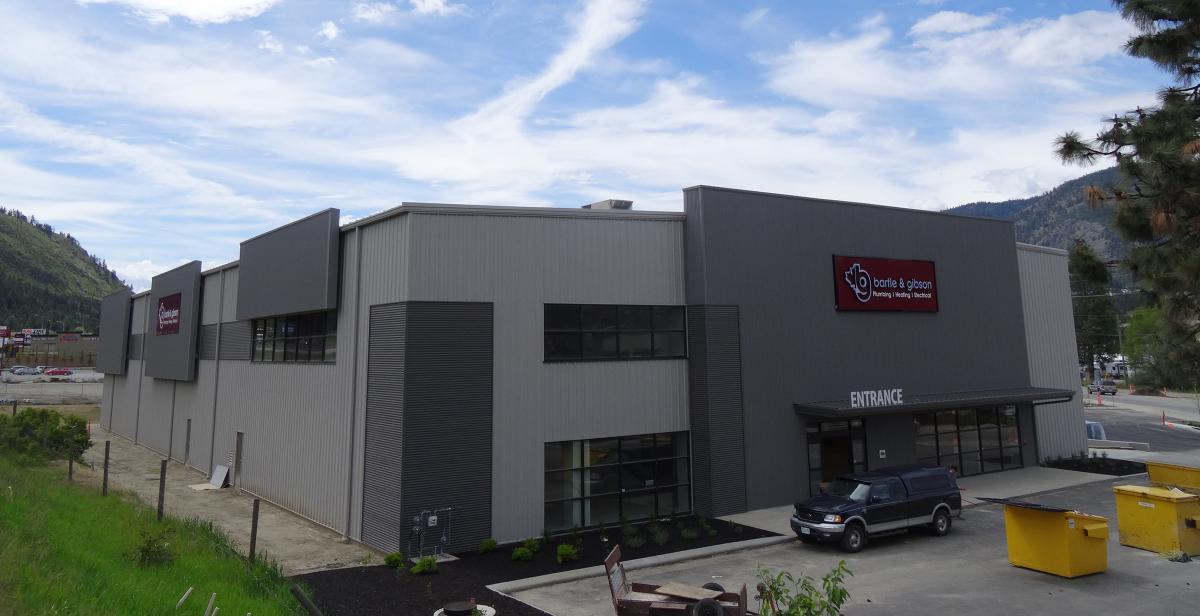Pre Engineered Steel Buildings

Properly designed pre engineered steel buildings can counteract the effects of high humidity and condensation.
If you were to look up and see moisture formed on the inside of your pre engineered steel buildings, you might think you have a leaky roof that needs repair. However, there’s also a good chance that condensation has formed on the inside of your building.
Condensation, which can also form on the interior walls of steel buildings, occurs when there’s an excess of moisture in the air. The reason you see it on the roofline and walls is that these surfaces are typically cooler than the air temperature. As warmer air comes into contact with these cooler surfaces, it reaches a saturation point (also known as a dew point) and it condenses into water droplets.
Causes of Humidity in Pre Engineered Steel Buildings
A metal building with a relatively high interior humidity is a common cause of condensation. There are a number of factors that can contribute to this condition, including:
- Heating and cooling systems
- Building usage
- Employee respiration
- Oil or gas-powered heating systems
The Risks of High Humidity
Regardless of the cause, the risk of high interior humidity levels is a serious risk. If you’re building was improperly constructed, or wasn’t designed with your intended use in mind, it could result in ongoing problems. And if the issue persists, it can lead to further complications, such as:
- Corrosion on metal surfaces and fasteners
- Shortened lifespan of steel buildings
- Reduced insulation performance
- Mold, mildew and musty odours
- Employee health risks (i.e. especially for those with respiratory conditions)
Reducing High Humidity
Not only do normal humidity levels—between 30 to 50 per cent relative humidity—help eliminate unwanted condensation, they also create a more comfortable work environment for your employees.
If you’re planning a steel building, it’s a good idea to ensure it’s designed to accommodate your intended usage. For instance, cold storage buildings might not require the same level of ventilation as a busy commercial building with a team of employees.
The Importance of Insulation, Circulation and Ventilation
In metal buildings where high humidity is a byproduct of the activity inside the building, systems need to be put in place to prevent condensation.
Insulation: by insulating your building, you will create a barrier between the warm interior air of your building and the cool metal roof and wall panels.
Circulation: By positioning fans around your building’s interior, you can promote airflow, which will evaporate condensation before it can do any lasting damage.
Ventilation: Items such as gas and oil heaters can be directly vented outdoors to remove moist exhaust that would otherwise contribute to higher humidity. Roof vents are another way to help warm, moist air escape.
To learn more about planning pre engineered steel buildings, check out our post: Industrial Pre Engineered Metal Buildings: 3 Things You Need to Know.
If you’re looking for a company that specializes in designing and erecting pre engineered steel buildings, call Metal Structure Concepts. We have the skill, experience and dedication to bring your project to life.